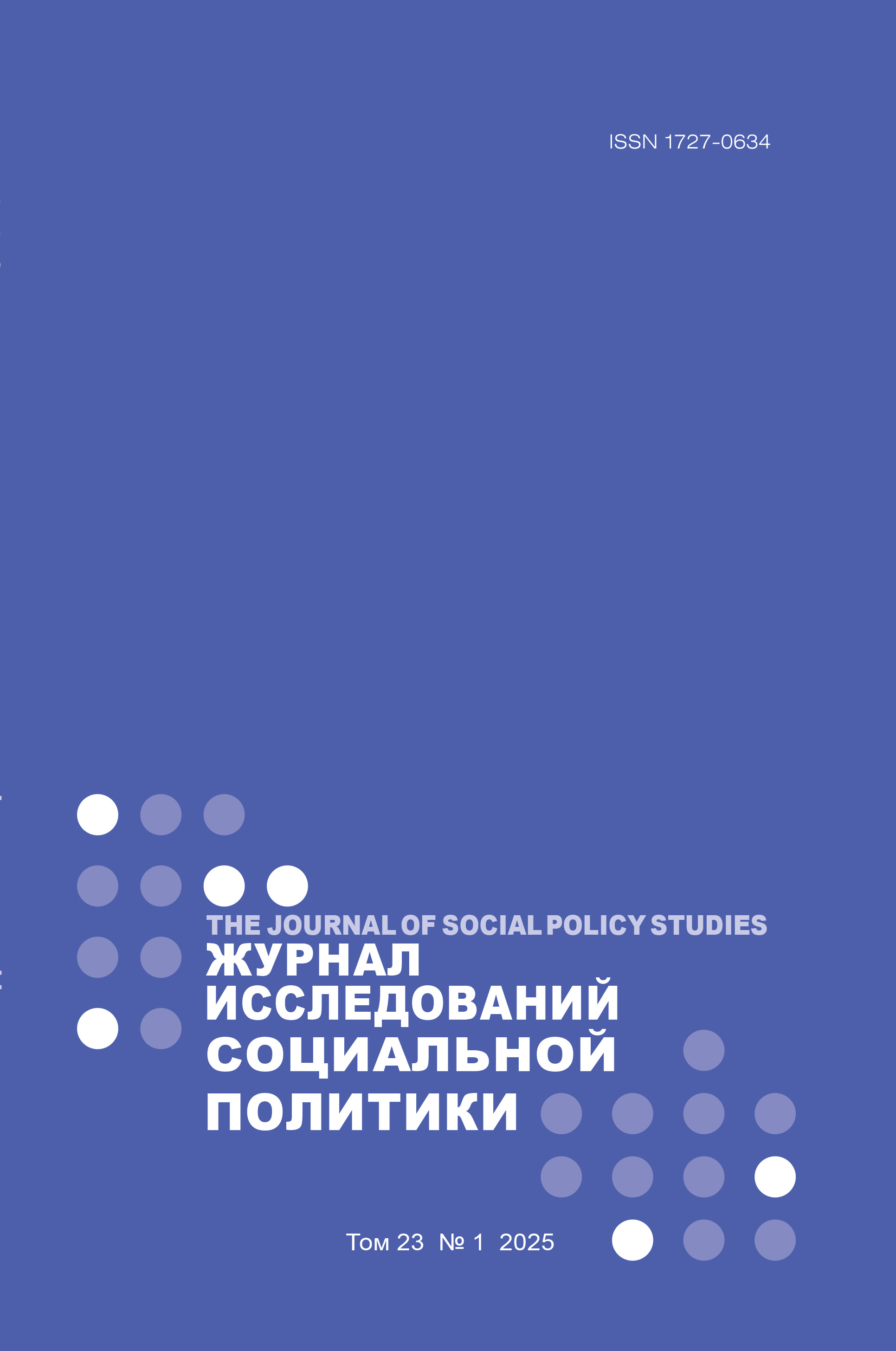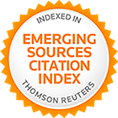Public Health Preparedness for Emergencies: A Comparative Analysis of Russia and European Countries
Abstract
This article presents a comparative analysis of public health emergency preparedness during the COVID‑19 pandemic, using Russia and EU countries as examples. To achieve this goal, key healthcare resources were analyzed using the following indicators: the volume of additional budgetary funds allocated for urgent anti-pandemic measures, the availability of medical staff, and the expansion of hospital bed capacity. The results of the comparative analysis show that Russia’s efforts to combat the pandemic were comparable to those of European countries on all three indicators. The volume of additional budgetary resources in Russia was at the level of middle-income countries and even exceeded that of some European countries. The policy of accelerating the expansion of resources in the health sector led to an increase both in the number of doctors and the number of intensive care beds. However, despite this growth, the pandemic led to a significant decline in life expectancy (LE) in Russia. During the pandemic years, LE fell by three years, compared with an average of just one year in EU countries. The authors note that the main cause of this gap is inadequate funding for healthcare, which does not fully take into account the country’s vast territorial features and low population density in some regions. These factors require an increase in resources to ensure equitable access to medical care. A single increase in funding over a short period proved insufficient to improve public health and increase LE. The empirical basis of the study includes statistical data from the World Health Organization (WHO), Russia, and the Organisation for Economic Co-operation and Development (OECD). The article emphasizes the importance of the comparability of international indicators defined according to the standards of the System of Health Accounts 2011, which ensures accurate comparative analysis. The article underscores the need not only for temporary financial injections, but also for long-term strategies aimed at increasing the resilience of the health system to future crises and preventing a decline in public health indicators. This study will be of interest to specialists in the fields of social policy, healthcare, and crisis management.















